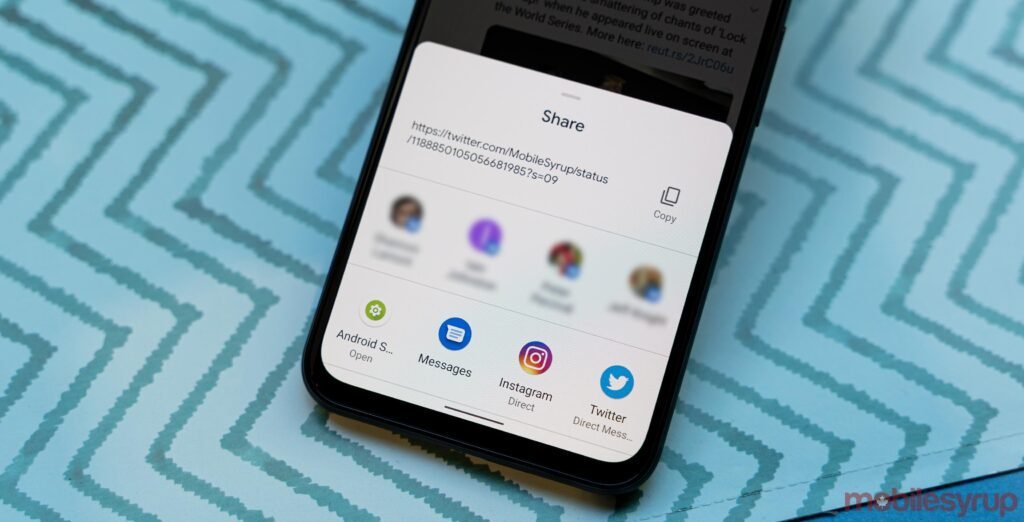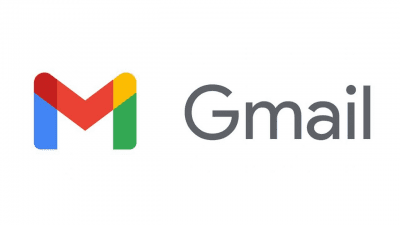Chrome’s finally updating it’s custom share sheet

iPhone vs. Android has always been a great competition. But, when it comes to sharing menus, in an earlier era, Android had a better one. A lot of work and refinement by Apple has made it much better on iOS devices, and Google has probably forgotten to make improvements in this part. Recent code alterations suggest that Android’s share sheet will eventually become a Project Mainline module, making it simpler to update the feature and add essential features like the option to select which apps appear as targets. However, even if Google changes the system share menu on Android, the ecosystem will still be plagued by the dreadful issue of app-specific share sheets.
Not only do third-party apps ignore Android’s built-in share targets and create their own with no regard for user preference, but Google’s own apps, including Photos and Maps, also display a customized menu when the share button is tapped. Given the importance of link and file sharing for all browsers, Google Chrome is likely the worst offender in this regard. Fortunately, TechDows has discovered a new option (via Mishaal Rahman) that might mark a change from this unpleasant habit.
You can switch a setting that will make the browser use Android’s system share menu in the most recent version of Chrome Canary, which was upgraded to version 112 after Chrome Beta was updated to version 111.
The Android system share menu can now take the place of Chrome’s customized share menu
There are certain drawbacks to this. When this flag is enabled, Chrome’s Share Hub loses access to a few capabilities, including the ability to create a QR code for the website you were sharing. Nevertheless, a quick glance at the other options reveals one of the main issues with custom share menus: since features like scrolling screenshots, text copying, and nearby sharing is already available as Android system functions, adding them to this menu only serves to obfuscate useful share targets.
Since this is an experimental feature, it would require more work to make it the standard setting for Chrome’s stable release channel. The remaining valuable functionality from Share Hub should hopefully be moved to Chrome’s overflow menu, or if we’re really lucky, Android’s system share menu might get a proper plugin system to encourage other apps to use it rather than creating their own share sheets.
RS News or Research Snipers focuses on technology news with a special focus on mobile technology, tech companies, and the latest trends in the technology industry. RS news has vast experience in covering the latest stories in technology.












